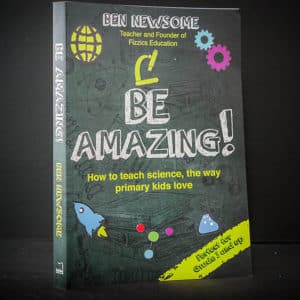You Will Need:
- 1.5 cups of hot water.
- Food colouring (Optional)
- 1 cup of soap flakes
- Electric beater or whisk
- Mixing bowl
- Safety goggles to avoid getting soap your eye


School science visits since 2004!
– Curriculum-linked & award-winning incursions.
– Over 40 primary & high school programs to choose from.
– Designed by experienced educators.
– Over 2 million students reached.
– Face to face incursions & online programs available.
– Early learning centre visits too!
How does soap turn into slime?
Whipping the hot soapy solution creates a foam, which is a colloidal dispersion of a gas in a liquid. The gas in this case is air and the liquid is the soapy solution. The resulting soapy foam is so dense it feels slimy to the touch! A small amount can easily fill a large tub, which makes it an inexpensive way to make mountains of it for the kids to play!
Variables to test
- Try different soap types.
- What happens if you use detergent instead?
- Vary the temperature of the water.
- Does slow or fast mixing make a difference?
From colour changes to slimy science, we’ve got your kitchen chemistry covered!
Get in touch with FizzicsEd to find out how we can work with your class.
Chemistry Show
Years 3 to 6
Maximum 60 students
Science Show (NSW & VIC)
60 minutes
Online Class Available
STEM Full Day Accelerator - Primary
Designed from real classroom experiences, this modular day helps you create consistently effective science learning that directly address the new curriculum with easily accessible and cost-effective materials.































Comments